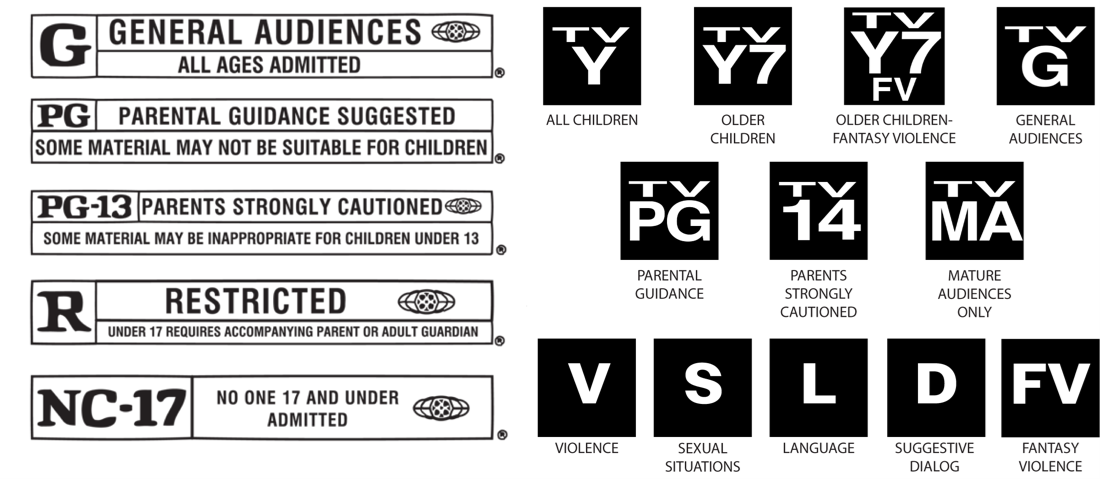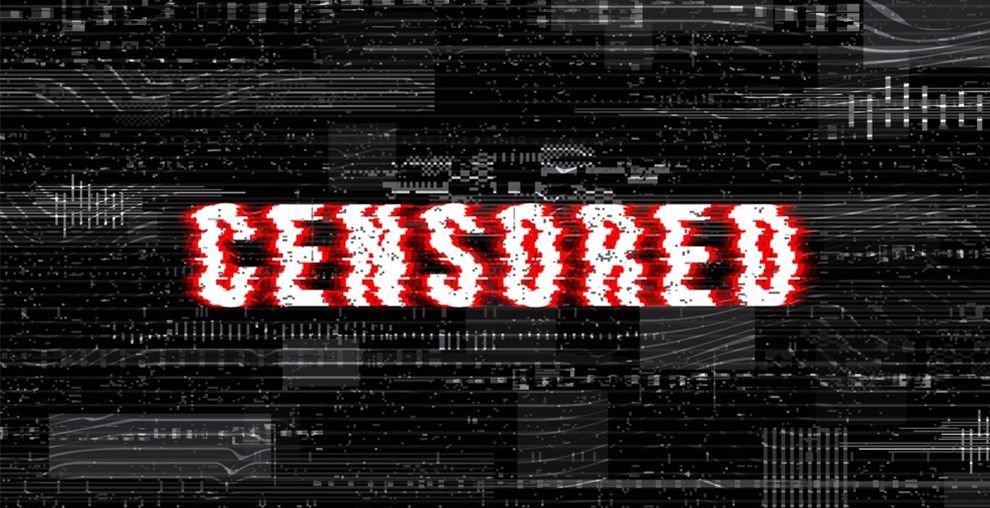FCAT Demise Makes Releasing Content in India More Challenging
India is the fourth largest film market on the planet. Besides Hollywood releases, the country’s Bollywood industry churns out film and TV shows at a prodigious rate, adding $2.4B annually to the Indian GDP. As readers of this blog are aware, India is one of 53 countries that have governmental film review or censorship boards. India’s regulator is known as the Central Board of Film Certification ( CBFC ). The CBFC reviews content intended for release for compliance and cultural appropriateness. If they find something they don’t like, they can mandate cuts, edits, change classification ratings and, in extreme instances, ban titles altogether. Up until April 4, 2021, content creators who did not agree with the CBFC rating or decisions could appeal to the Film Certification Appellate Tribunal (FCAT) for redress.
Not anymore.
The New Delhi-based FCAT has existed since 1983. Jurisdiction of the FCAT was authorized under the Cinematography Act of 1952. Its role was to serve as a check to decisions of the CBFC, who some view as too susceptible to pressure from political and special interest groups. FCAT had the reputation of overturning mandated changes or certification denials by the CBFC, which some believe may have been behind the change in law eliminating FCAT.
India’s film classification process can be time consuming. All content, including video assets, ads, posters, trailers and “other required materials,” must be submitted to every regional office in the country where exhibition is desired. Once the CBFC has received all materials and all fees are paid, an “Examination Committee” is formed to conduct the review. Committee membership size depends on the length of the film, and attempts are made to have a diverse team conduct the review.
Each committee member reviews the film and makes a written recommendation for changes, deletions and classification rating. If, after the committee makes its recommendations, the CBFC chairman disagrees, they have the authority to assign the film to a “Revising Committee,” that can overrule the decisions of the Examination Committee. If the chairperson disagrees with the Revising Committee decision, the chairperson can refer the film to a new Revising Committee.
Whatever the final determination from either the Examination or Revising committees, the filmmaker can either make the required changes and resubmit the conforming title to the CBFC for final certification, or they could appeal to the FCAT. The FCAT would then review the film and hear from both the filmmaker and the CBFC before making a final determination. Decisions of the FCAT are final.
The elimination of the FCAT creates a real challenge for filmmakers that could be a significant bottleneck for content release, as well as having a stifling effect on storytelling. Before, there was a board of people knowledgeable about the industry. Now, the creator’s only redress is to the country’s High Courts, who may have no expertise in film or TV whatsoever.
Going to court means hiring a lawyer, which may or may not be affordable. It means getting in the court queue, which may take months, and hoping that to whichever judge or court the case is assigned, has or is willing to develop some knowledge of the certification process, purpose, and effects of arbitrary or unreasonable decisions. It means traveling to and showing up in court with no clear idea of how long the hearing may last or when follow-up hearings may be scheduled.
Any appeal of the court’s decision must follow the same process, which adds further cost, creates uncertainty around changes to the content and release date. Content creators may decide to either make the changes to avoid the additional cost and hassle (thus negatively impacting their creative vision and integrity) or decide to withdraw their application for release altogether. None of these options is particularly appealing in any creative or financial sense, and time will tell what effect this new process will have on filmmaking and content distribution in India.
Generally, video content intended for release in India goes through this process. Rather than head into this important market unprepared, a better strategy would be to utilize Spherexratings and Spherexgreenlight
and Spherexgreenlight services to identify potential content issues before submitting ratings applications to India. In this case, getting ratings right from the start will save time, money and headaches so consumers can enjoy your content more quickly.
services to identify potential content issues before submitting ratings applications to India. In this case, getting ratings right from the start will save time, money and headaches so consumers can enjoy your content more quickly.
To learn more, contact Spherex today.
1 Value of the film industry in India from financial year 2014 to 2019, with forecasts until 2024,
Statista, 19 Mar 2021
2 Explained: The role, significance of film certification tribunal, now abolished,
The Indian Express, 8 April 2021
3 Certification: The Certification Process
, CBFC, Item 7
Related Posts


SILICON VALLEY
2336-H Walsh Ave.
Santa Clara, CA 95051
+1(408) 550-2344
LOS ANGELES
3900 W Alameda Ave.
Burbank, CA 91505
+1(310) 496-7307









